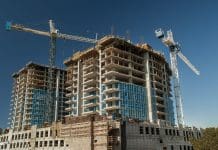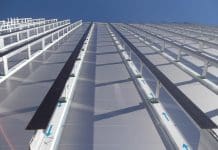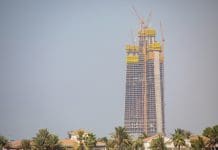Cristina Savian, CEO and founder of Be-Wise, discusses how digital twin technology is taking the AEC sector by storm
Around the world, in almost all human endeavours, technology is revolutionising the way we live and work. It’s time for the construction industry to catch up with the rest of the sectors in terms of adopting cutting-edge technology. Within the last two decades, we, as construction professionals, have seen how approaches to design and construction have dramatically improved the way we design and conceive our built environment. From paper-based design drawing to CAD and BIM, technology is reshaping the construction industry, and now it is time for us to embrace digital twinning. A digital twin can be seen as the progression of the well-known BIM process which aims to accompany the physical asset throughout its life.
So, what is digital twin technology?
Dr Grieves defines the digital twin as; a connected, virtual representation of a physical asset, product, or system connected in real-time to the physical asset through sensors. This technology helps create an interface that bridges the gap between virtual and physical worlds. Its application can now bring many benefits to construction and building management, making it possible for architecture, engineering and construction professionals to have a full grasp of the future of the built asset – not only at planning and design stage but throughout its lifecycle. With this technology, it is possible to predict failure, prescribe corrective procedures and optimise maintenance schedules.
Aspects of a digital twin in the built environment
The digital twin has three components; the virtual replica, the physical asset and the connection in real-time between the two. The purpose of the virtual replica is to be a digital equivalent of the asset throughout its lifecycle with the ability to create, test and build a physical asset in a virtual environment to avoid wastage or loss, optimise performance. The virtual replica gathers all data and specifications in relation to the various stages of the asset, which can be used for all aspects in regards to operations and maintenance.
The digital twin comes to life when the built asset is equipped with smart components that use sensors to collect and synthesise real-time data about the physical asset or building. These data may include temperature, humidity, lighting, security systems and other essential details about the physical site or building for example. All the information gleaned, alongside with AI algorithms, is integrated into a physics-based digital model which allows all stakeholders to get relevant insight regarding the physical assets by simply enquiring the data available.
Simulations can be run to get an accurate understanding of how possible changes would affect the built assets. If an aspect of the building is changed, such as a replacement of all windows, the digital twin can assess the impact of this change with lighting, room temperatures, airflow, noise and energy use, overall maintenance cost and schedule. A digital twin can evaluate the building’s physical characteristics as they interact with each other in real-time. It does not only give information about the construction of individual buildings but can also foretell how the structure affects the wider environment, such as the impact on traffic in the local area.
What are the benefits of adopting twin technology?
Generally, digital twins provide valuable insight across all stages of the built asset. However, the most significant benefits of digital twinning technology are its application during the maintenance and operation of the asset. If we take railway stations in the UK, for example, some of them were constructed more than a century ago. Embarking on the maintenance of such historical assets is undoubtedly time and resource demanding, but a digital twin can help streamline its maintenance schedules, from scheduled maintenance to ad-hoc intervention based on its history, its design, its materials and components, its use as well as the weather and all other aspects which affect its maintenance.
The same application can be applied to rail and road bridges; a range of sensors can be installed to monitor crack growth and assess the degradation rate of the structural elements of the asset. This helps understand which components of the bridge are of concern, and need urgent treatment as well as assessing the various form of treatments and which may be more cost-effective and most appropriate.
From planning to design, construction and operation, the application of digital twin is very relevant; it helps AEC professionals have better insights about the built asset they are working on, check the status of its various components, perform analysis and offer useful insights on overall performance and efficiency. Digital Twins can also improve effective communication with professionals as well as enhancing overall experience when the virtual replica includes not only information but also a 3D geometrical representation of the asset.
Challenges for twins in AEC
Although the digital twin brings several benefits, it also brings a new series of challenges; such as the collection and integration and management of the large amount of data produced during the asset lifecycle, and the consequent high-risk of securing access to this data. Interoperability and integration of data is the key to the creation of a Digital Twin. All information collected throughout the lifecycle requires to be structured in a useful searchable manner which can be used and queried by all stakeholders.
The Digital Twin is milestone innovation in the construction industry, with huge benefits, which overrule its challenges. With the increasing demand for housing and infrastructure, declining profit margin, adoption of innovation and technology is undoubtedly the only way forward to meet the demand, design, build and operate a more sustainable built environment.
Cristina Savian
CEO and founder
Be-Wise


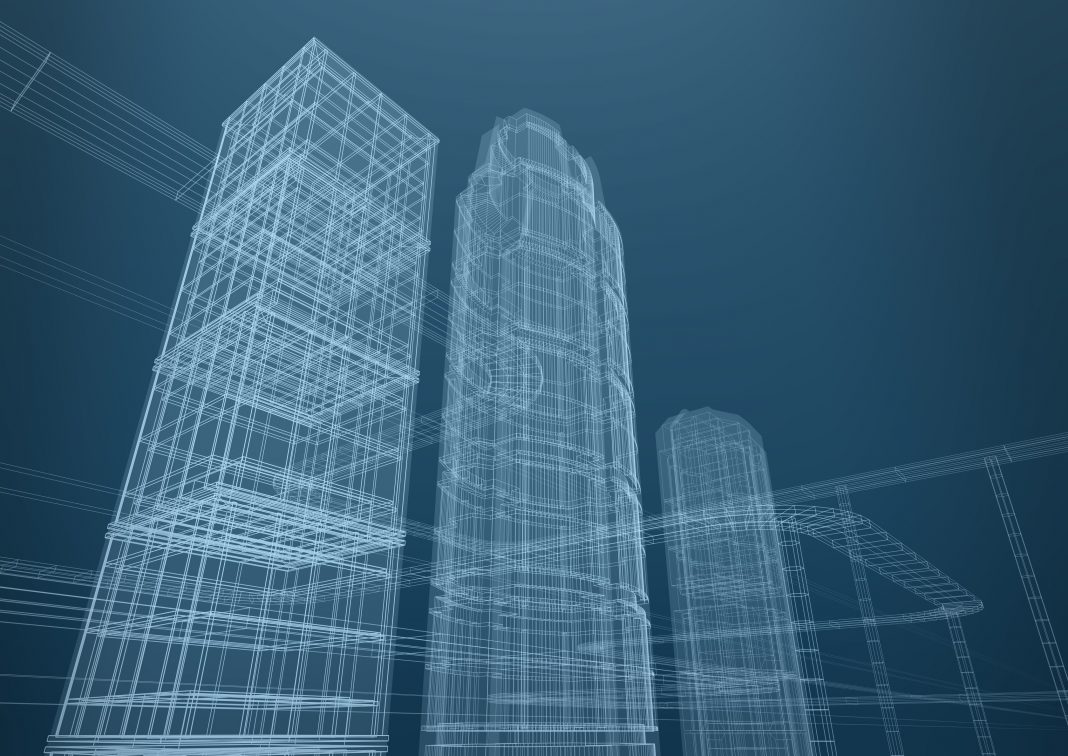
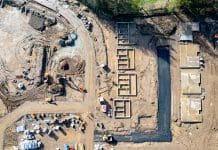

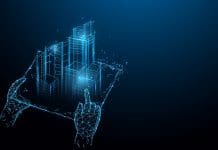
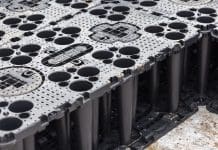


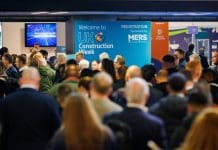

![[VIDEO] World’s largest crane lifts final ring at Hinkley Point C Big Carl, the world's largest crane, lifting the final liner ring for Hinckley Point C](https://www.pbctoday.co.uk/news/wp-content/uploads/2024/10/94747-218x150.jpg)
